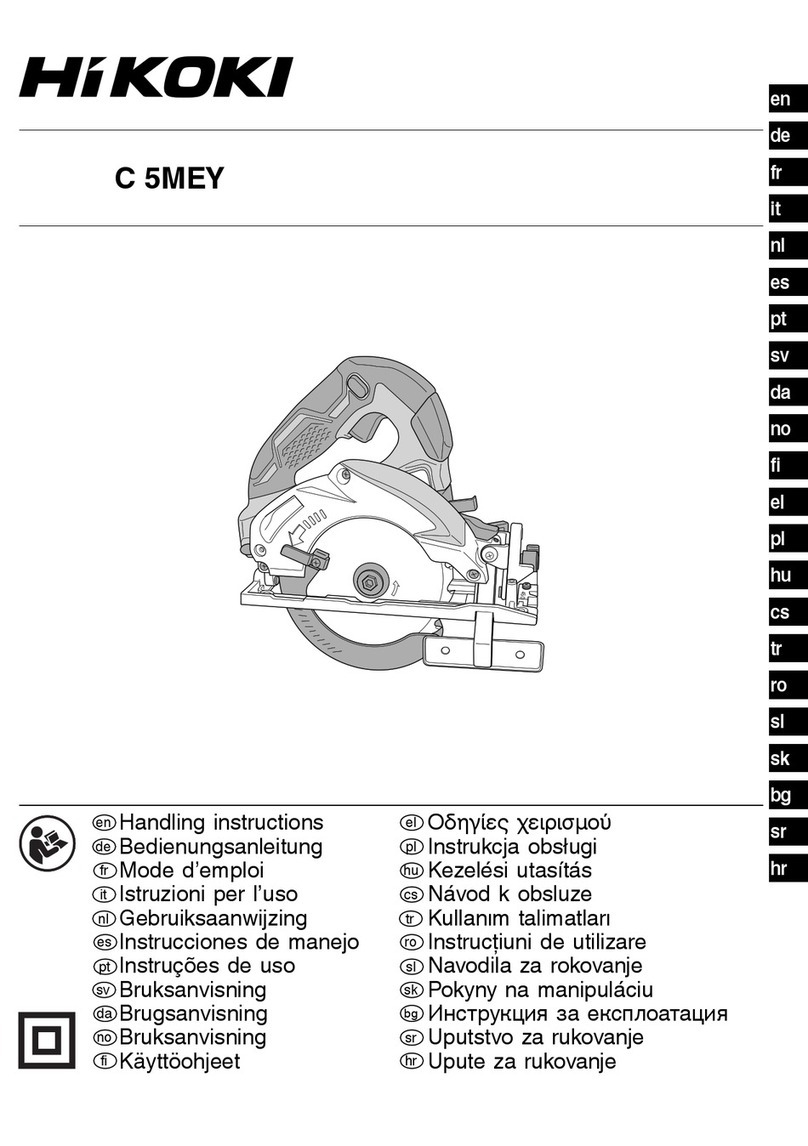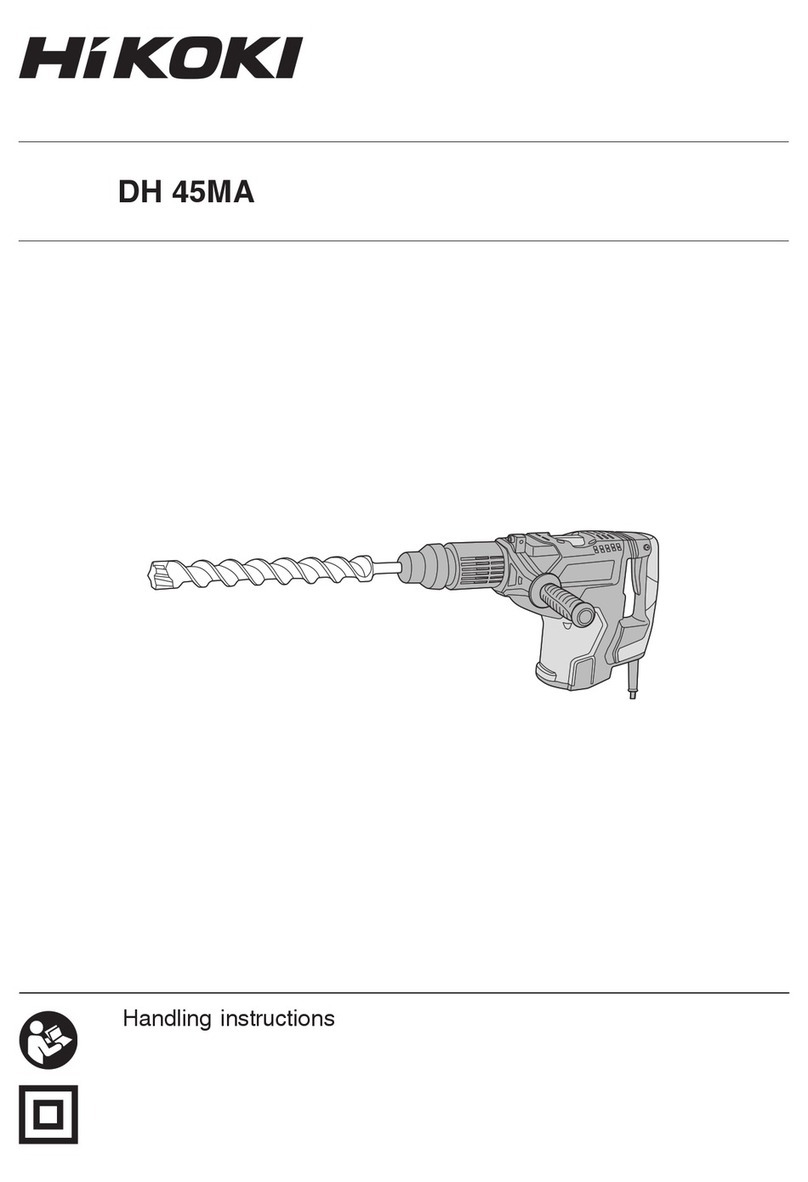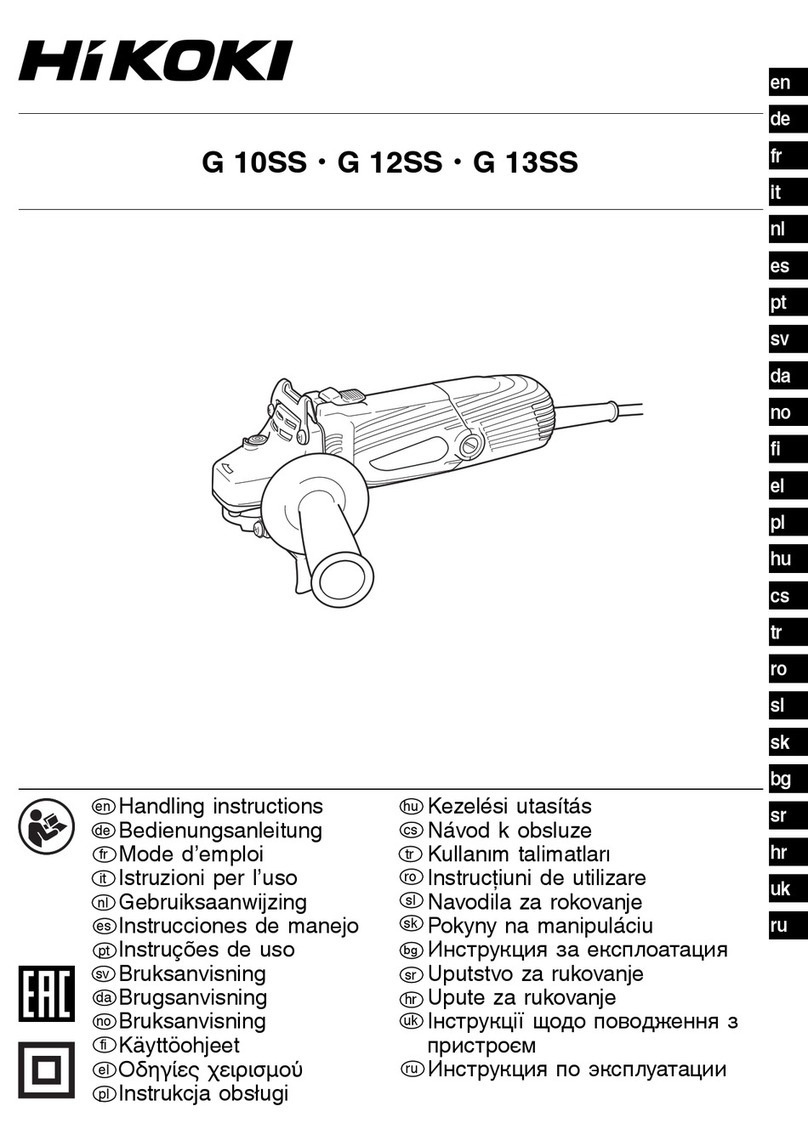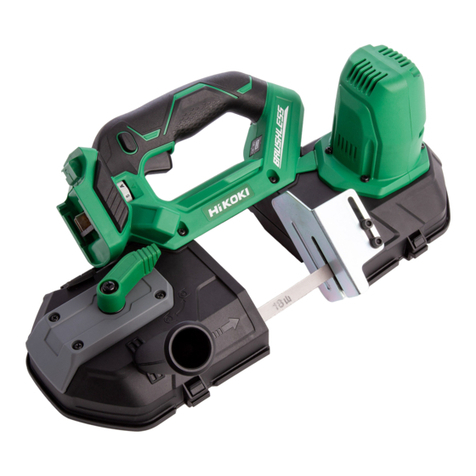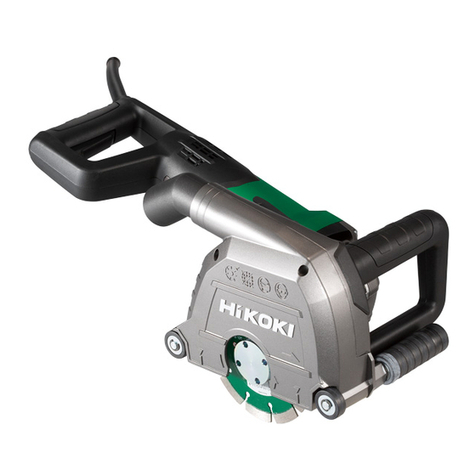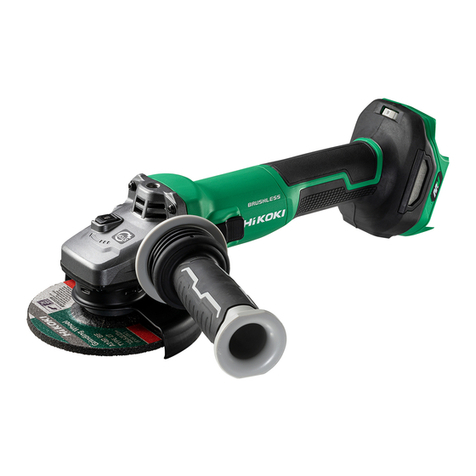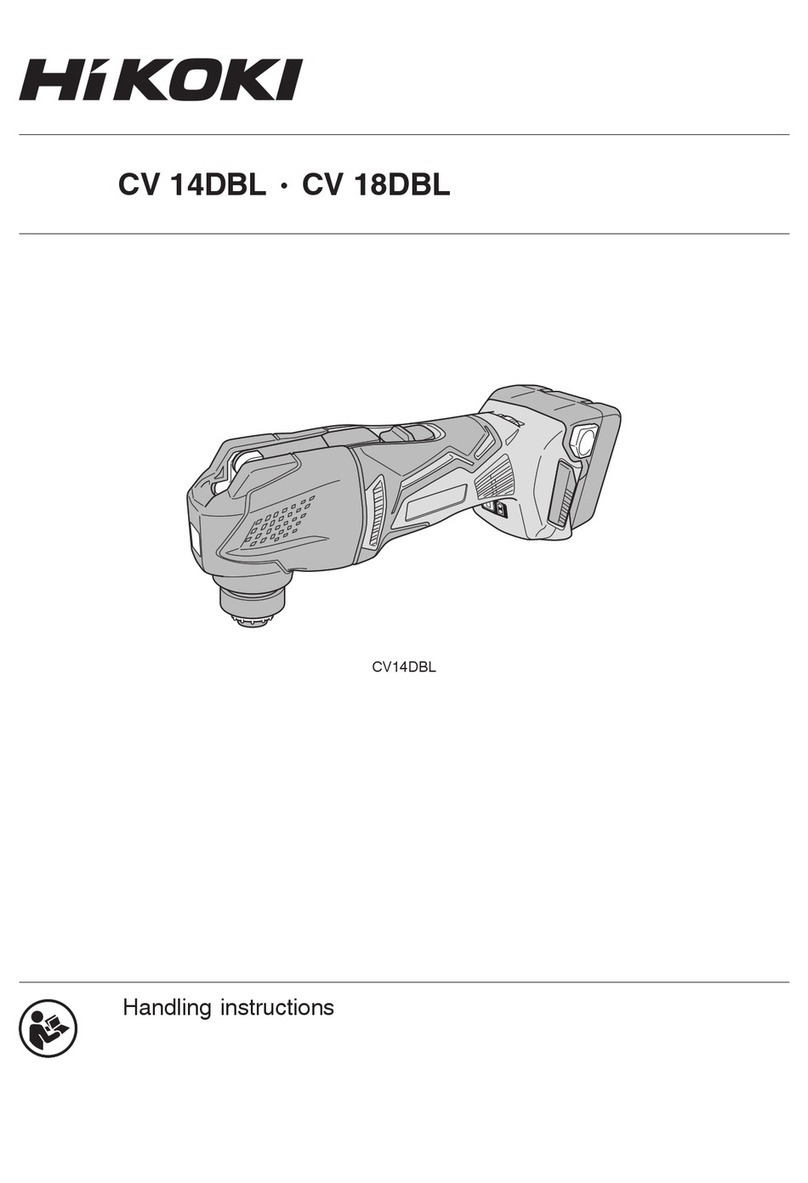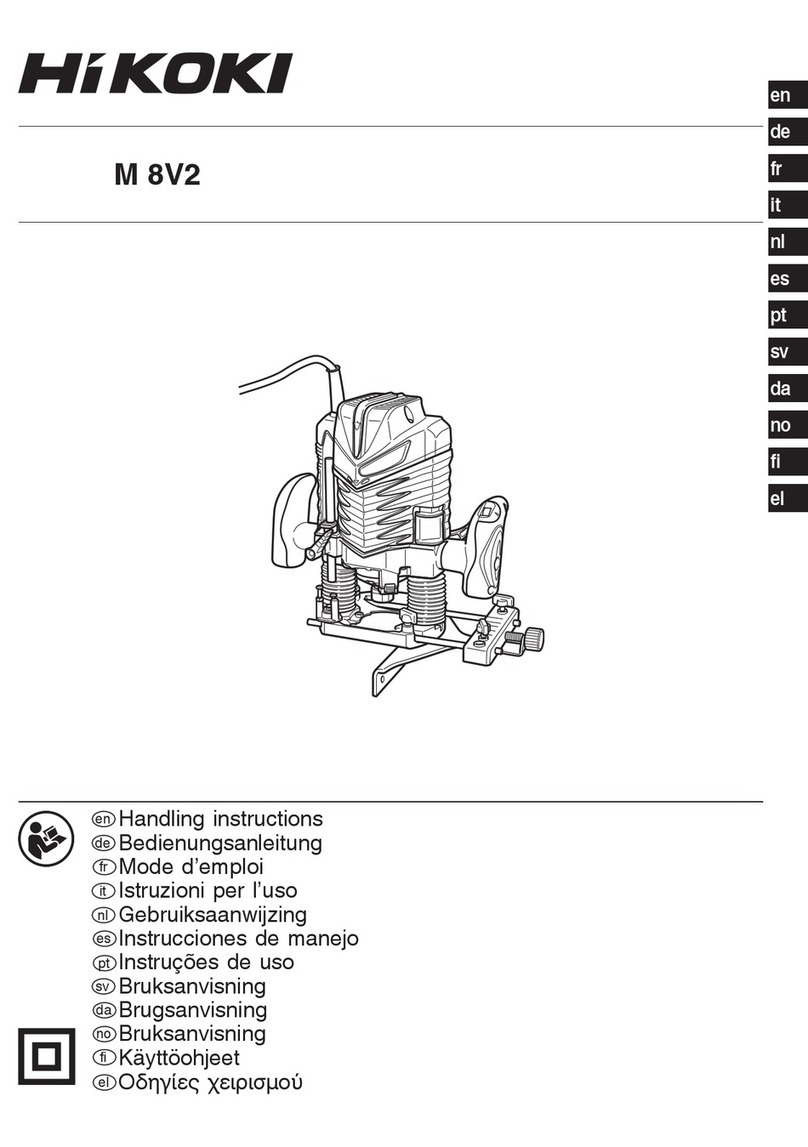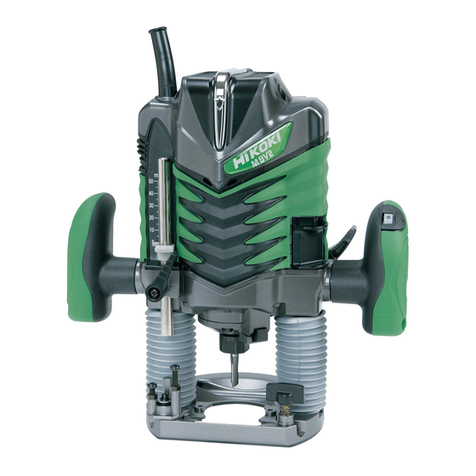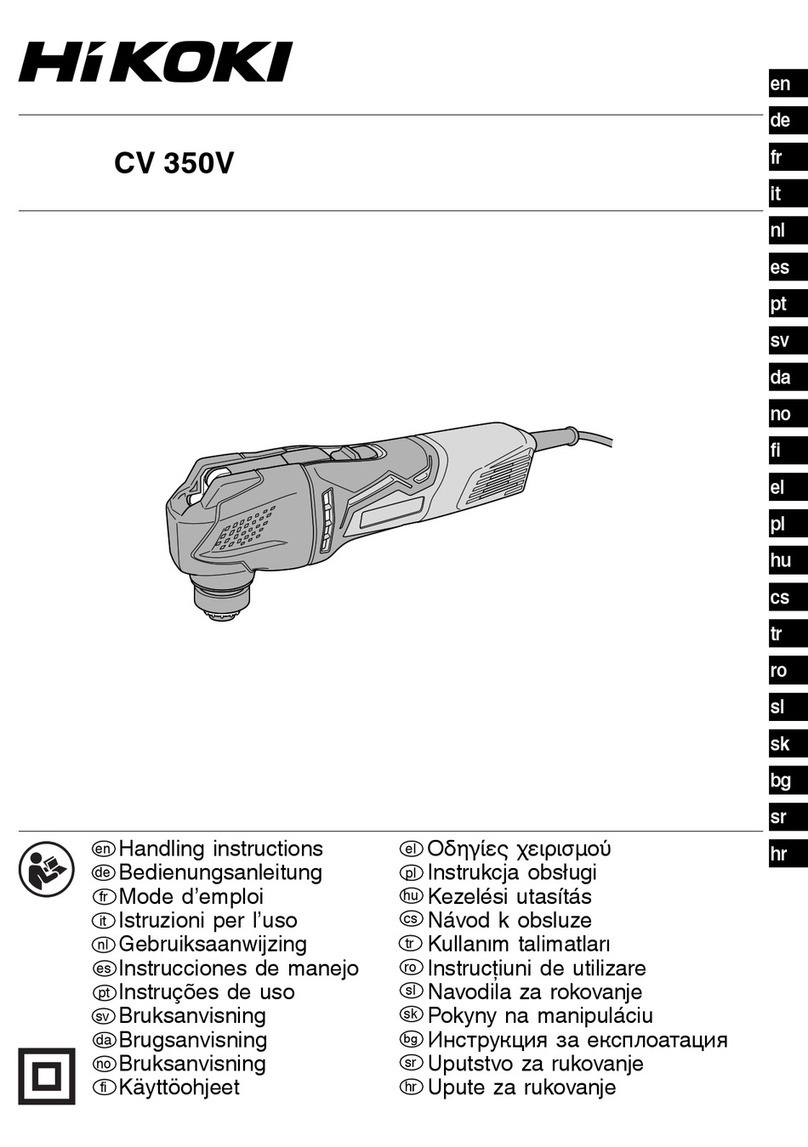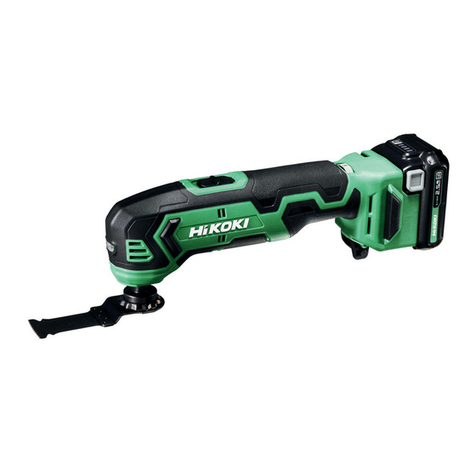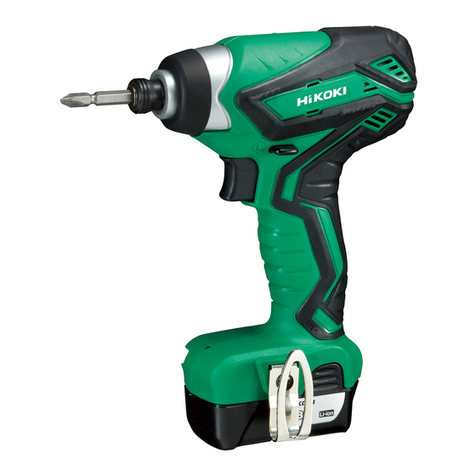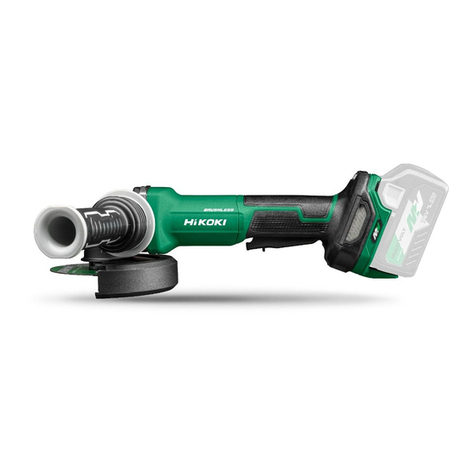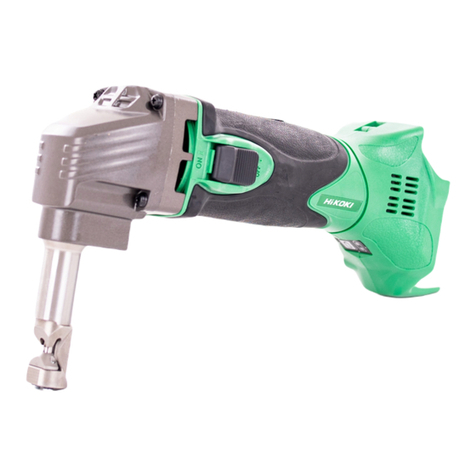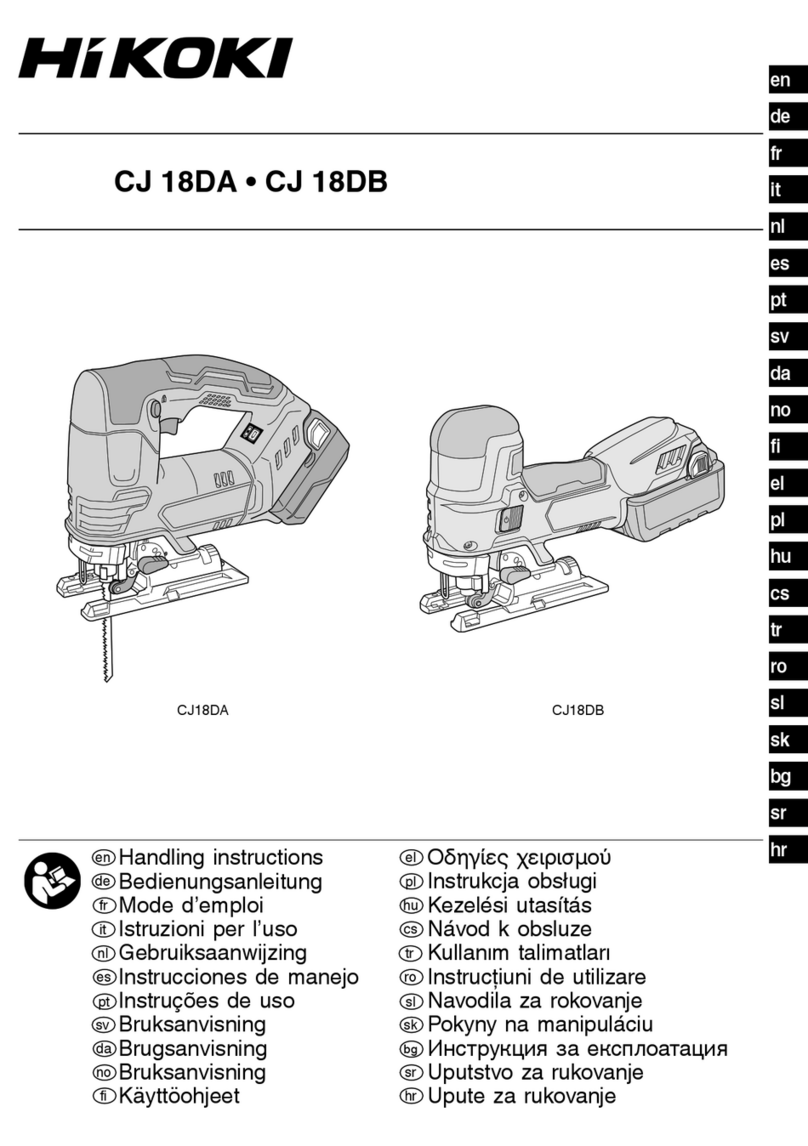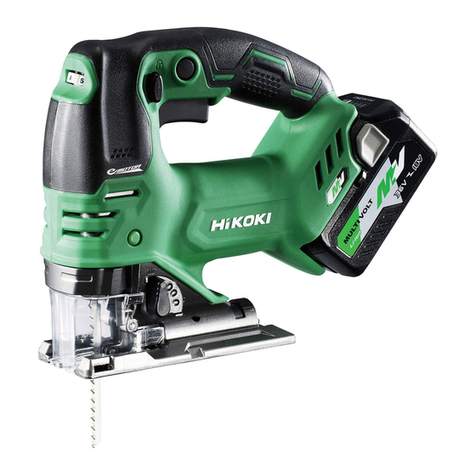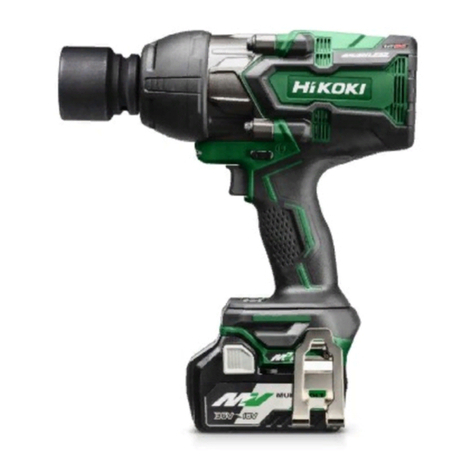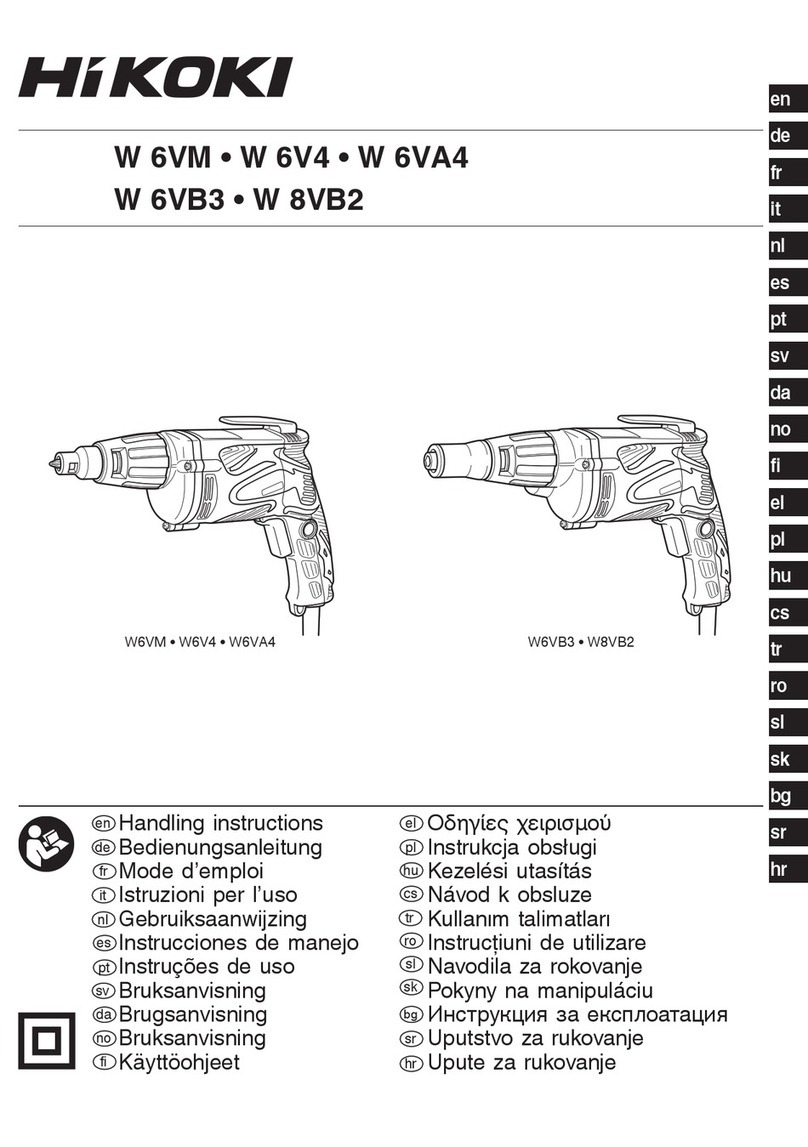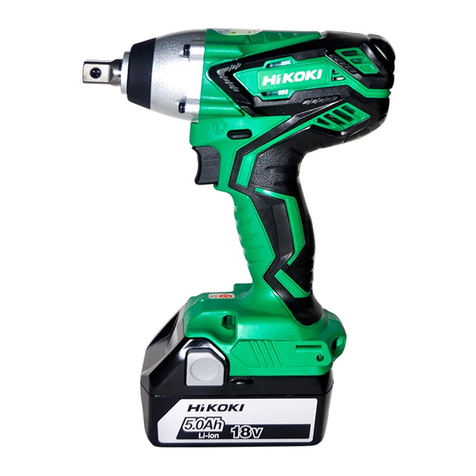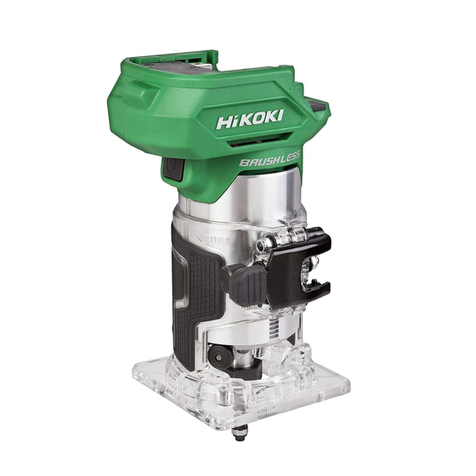
Nederlands Español Português Svenska
Oplaadbare batterij Batería recargable Bateria de recarregável Uppladdningsbart batteri
Vergrendeling Enganche Lingüeta Lås
Batterijdeksel Tapa de batería Tampa da bateria Batteriskydd
Aansluitpunten Terminales Terminais Poler
Ventilatieopeningen Orificios de ventilación Orifícios de ventilação Ventilationshål
Drukken Presionar Apertar Tryck
Uittrekken Sacar Retirar Dra ut
Handgreep Mango Cabo Handtag
Controlelampje Lámpara piloto Lâmpada piloto Signallampa
Trekker Gatillo Gatilho Avtryckare
Blokkeerhendel Palanca de bloqueo Alavanca de bloqueio Låsarm
Blokkeerstand Posición de bloqueo Posição de bloqueio Låsläge
Vrije stand Posición libre Posição livre Olåst läge
Veiligheidshendel Palanca de empuje Alavanca de pressão Tryckarm
Niet Grapa Agrafo Klammer
Magazijn Cargador Carregador Magasin
Stophendel Palanca de parada Alavanca de paragem Stopparm
Afsteller Ajustador Regulador Justerare
Dieper Hundir Baixar Sänk
Ondieper Elevar Elevar Höj
Correct Adecuado Correcto Lämplig
Voor dieper indrijven Demasiado hundido Demasiado baixo För att sänka
Voor ondieper indrijven Demasiado elevado Demasiado alto För att höja
Schroevendraaier Atornillador Chave de parafusos Skruvmejsel
Schroef Tornillo Parafuso Skruv
Haak Gancho Gancho Krok
Groef Ranura Ranhura Spår
Bladgeleider Guía de cuchilla Guia da lâmina Bladstyrning
Sleufschroevendraaier Atornillador ranurado Chave de fenda Spårmejse
Microschakelaar Micro-interruptor Micro-interruptor Mikrobrytare
5
0000BookN14DSL.indb50000BookN14DSL.indb5 2020/04/1714:16:172020/04/1714:16:17
